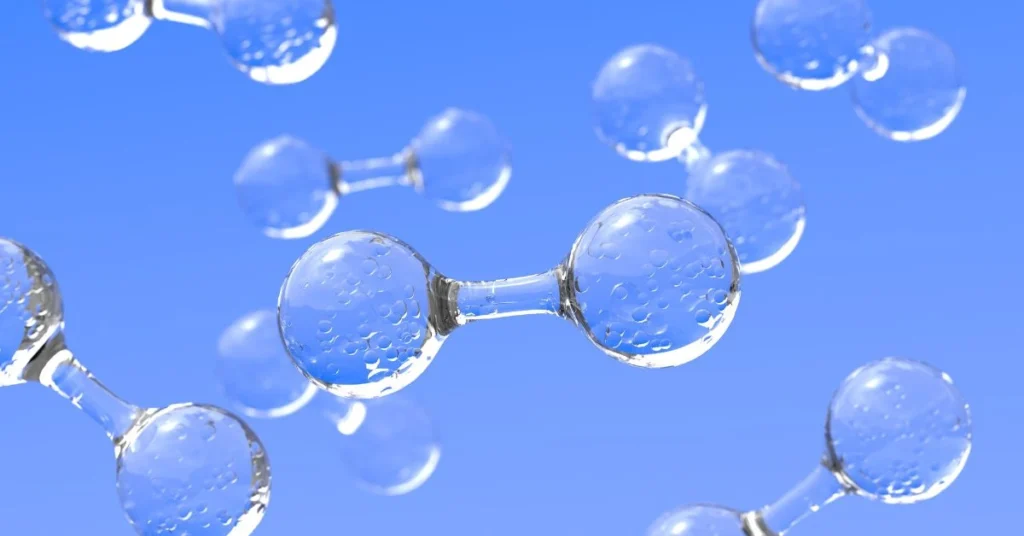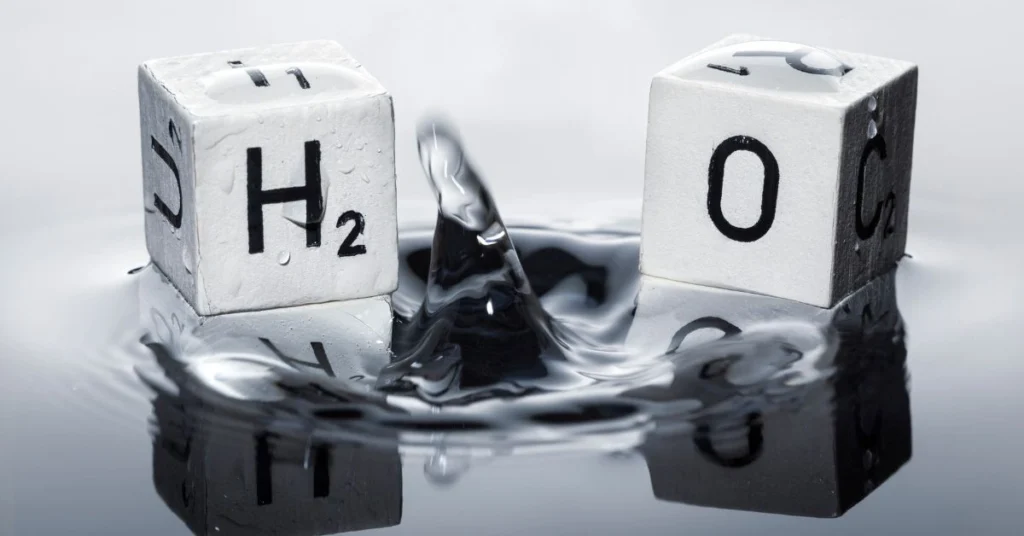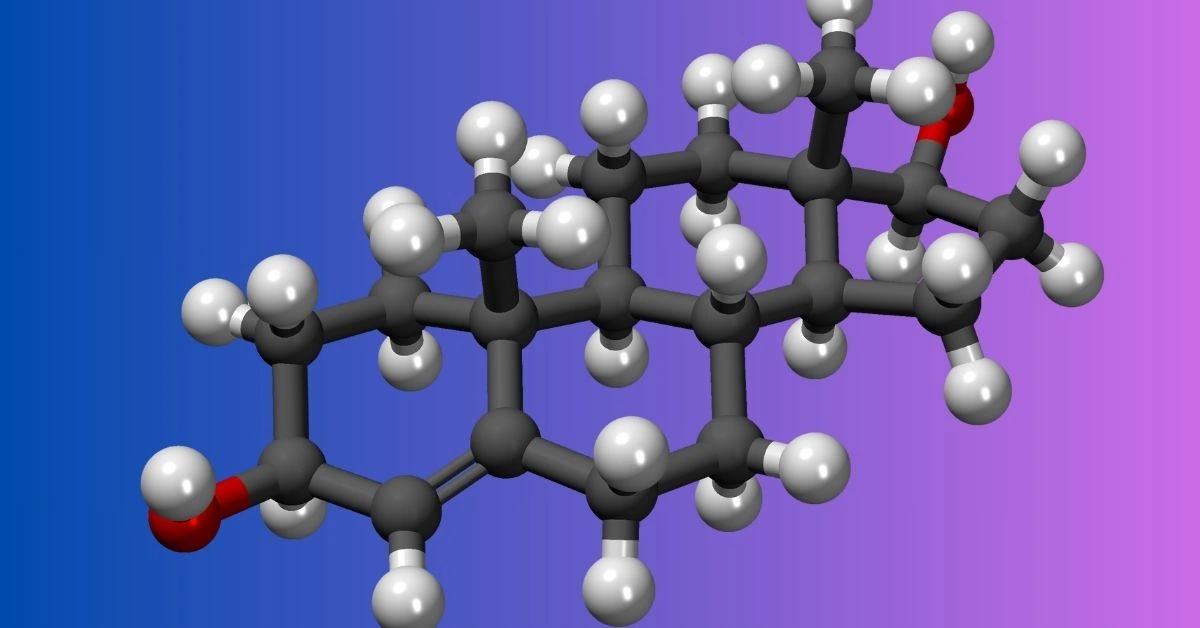HCOOCH CH2 H2O: Key Properties
HCOOCH CH2 H2O: Key Properties and Applications
HCOOCH CH2 H2O is an organic chemical compound that has wide applications in various industries. As a hydrated ester, it contains both a formic acid ester and a methylene group, which contribute to its unique properties. This compound is primarily used as a solvent, reactant, and additive in multiple industrial processes, owing to its versatility and effectiveness. It plays an essential role in chemical formulations, enhancing the performance of materials like plastics and pharmaceuticals.
The molecular structure of this chemical allows it to engage in a variety of chemical reactions, making it valuable for different sectors. Its reactivity and stability make it an ideal compound for use in the synthesis of more complex chemicals. Over time, research has highlighted its potential in sustainable chemistry, focusing on improving its biodegradability and reducing environmental impacts.
In this blog post, we will explore the chemical properties of HCOOCH CH2 H2O, its industrial applications, safety considerations, and future prospects. Understanding the chemical composition, reactivity, and behavior of this compound is crucial to its role in both current and future innovations across industries.
| Aspect | Fact | Figure/Details |
|---|
| Chemical Composition | Composed of an ester group (HCOO), methylene group (CH2), and a hydroxyl group (H2O) | C, H, O atoms |
| Molecular Structure | Facilitates various chemical reactions | Ester group, methylene group, hydroxyl group |
| Reactivity | Reacts with acids, bases, and water (undergoes hydrolysis) | Hydrolysis breakdown into smaller molecules |
| Industrial Applications | Used as a solvent, reactant, and additive in multiple industries | Plastics, coatings, adhesives, pharmaceuticals |
| Role in Plastics | Serves as a plasticizer to improve flexibility, durability, and performance in plastics | Flexible materials such as tubing, films, and packaging |
| Coatings & Adhesives | Improves bonding strength and durability of coatings and adhesives | Enhances adhesion and smoothness in applied materials |
| Pharmaceutical Use | Stabilizes active ingredients and improves bioavailability in drug formulations | Key ingredient in pharmaceutical products |
| Chemical Synthesis | Used as a building block for more complex molecules | Chemical synthesis in various industries (household products, materials) |
| Green Chemistry Potential | Biodegradable and used in eco-friendly chemical processes | Renewable energy production, waste reduction |
| Health Risks | Can cause skin and respiratory irritation | Wear gloves, goggles; maintain ventilation |
| Safety Protocols | Protective equipment is necessary for safe handling | Gloves, goggles, proper ventilation |
| Storage Guidelines | Should be stored in airtight containers, away from moisture and temperature fluctuations | Cool, dry place |
| Environmental Impact | Biodegradable, but improper disposal can harm ecosystems | Risk to aquatic ecosystems if improperly disposed |
| Disposal Guidelines | Must comply with local regulations for safe disposal | Adhere to local EPA/OSHA disposal standards |
| Regulatory Standards | Governed by agencies like OSHA and EPA for safe use, storage, and disposal | Compliance with safety regulations |
| Future Research Trends | Focus on expanding applications, improving biodegradability, and developing safer alternatives | Applications in electronics, nanotechnology, and sustainable chemistry |
Chemical Properties and Reactions

Understanding the chemical properties of this compound is key to appreciating its wide range of applications. This substance is composed of an ester group, a methylene group, and a hydroxyl group, which together give it unique reactivity and stability.
Molecular Structure and Composition
The compound consists of carbon, hydrogen, and oxygen atoms, arranged in a way that facilitates various chemical reactions. Its ester group (HCOO) is responsible for much of its reactivity, while the methylene group (CH2) adds flexibility and the ability to form stable bonds with other molecules. The hydroxyl group plays an important role in its ability to undergo hydrolysis when combined with water.
Reactivity and Chemical Behavior
This compound is highly reactive in the presence of acids and bases, undergoing various chemical reactions. One of the key reactions is hydrolysis, where the compound breaks down into smaller molecules when exposed to water. This reaction is widely used in many industrial processes, particularly in the production of biodegradable materials.
Interactions with Other Chemicals
The chemical behavior of this substance allows it to interact effectively with other chemicals, making it valuable in a variety of applications. It is used as a solvent and additive in many chemical formulations. Its ability to form stable bonds with other molecules makes it ideal for use in coatings, adhesives, and plastics.
Stability and Storage Considerations
Despite its reactivity, this compound is generally stable under normal conditions. However, it should be stored in airtight containers to prevent moisture exposure, which could lead to unwanted chemical reactions. Temperature fluctuations can also affect its stability, so it’s important to store it in a cool, dry place.
Safety and Handling Precautions
When handling this compound, safety protocols must be followed. Protective gear like gloves and goggles should be worn to prevent direct contact. Adequate ventilation should be maintained in areas where it is used to avoid inhaling any fumes or vapors that may be released during chemical reactions.
Industrial Applications

This substance is used in many industries due to its unique chemical properties. It serves as a solvent, reactant, and additive, and plays an important role in the synthesis of a wide range of products.
Role in Plastics and Polymers
One of the most common industrial uses of this compound is as a plasticizer in the production of plastics and polymers. By adding it to plastic formulations, manufacturers can enhance the flexibility, durability, and performance of plastic products. This makes it especially valuable for flexible materials such as tubing, films, and packaging.
Use in Coatings and Adhesives
In the coatings and adhesives industry, this compound improves the bonding strength and durability of products. It helps paints and coatings adhere more effectively to surfaces and increases the longevity of the applied material. Additionally, it improves the smoothness and evenness of the application, ensuring a higher-quality finish.
Pharmaceutical Applications
This compound also plays an important role in the pharmaceutical industry. It is used as a key ingredient in certain drug formulations, helping to stabilize the active ingredients and improve their bioavailability. Its chemical properties allow it to be used in the synthesis of various compounds required for medical and health-related products.
Contribution to Chemical Synthesis
The substance is commonly used as a reactant in chemical synthesis. It serves as a building block for more complex molecules, contributing to the production of various chemicals in industries ranging from household products to industrial materials. Its versatility allows it to be used in a wide range of chemical processes.
Emerging Uses in Green Chemistry
With the growing focus on sustainability, this compound is being explored for its potential in green chemistry. Researchers are investigating its use in renewable energy production, waste reduction, and eco-friendly chemical processes. Its biodegradability and reactivity make it an ideal candidate for greener alternatives in industrial practices.
Health, Safety, and Environmental Impacts

Like all chemicals, it’s important to understand the potential health, safety, and environmental impacts of using this substance. By following proper safety protocols and disposing of it responsibly, we can reduce the risks associated with its use.
Potential Health Effects
While this compound is generally safe when used correctly, exposure to it can cause irritation to the skin and respiratory system. Inhalation of vapors or direct contact with the skin should be avoided. Proper protective equipment, such as gloves and goggles, should always be worn when handling it.
Safety Protocols and Protective Measures
To minimize health risks, safety protocols must be followed when working with this compound. Workers should ensure that the work area is well-ventilated and that proper personal protective equipment is worn. It’s also important to avoid prolonged exposure to the substance, especially in confined spaces.
Storage and Disposal Guidelines
Proper storage and disposal of this compound are critical to minimizing health and environmental risks. It should be stored in airtight containers to prevent contamination, and disposal must comply with local regulations. Improper disposal can lead to environmental harm, particularly in aquatic ecosystems.
Environmental Impact and Biodegradability
This compound is biodegradable, meaning it can break down naturally in the environment. However, if not disposed of properly, high concentrations could still pose risks to ecosystems, particularly aquatic life. Research is ongoing to develop more environmentally friendly methods of using and disposing of this compound.
Regulatory Standards and Compliance
There are various regulations governing the use, storage, and disposal of this compound, including those set by agencies like OSHA and the EPA. Compliance with these regulations helps ensure the safe use of this substance in industrial applications and minimizes its impact on both human health and the environment.
Future Perspectives and Research Trends

As industries continue to innovate and prioritize sustainability, research on this compound is progressing. Scientists are constantly exploring its potential in greener, more efficient processes, as well as its future industrial applications.
Innovations in Green Chemistry
One of the most exciting areas of research involves using this compound in green chemistry. Its reactivity and biodegradability make it a promising candidate for eco-friendly chemical processes, such as renewable energy production and waste reduction. This could lead to more sustainable industrial practices in the future.
Development of Safer Alternatives
In addition to green chemistry, researchers are working on developing safer alternatives to this compound. These alternatives would have similar properties but with reduced toxicity and environmental impact. This research is important for creating more sustainable and safe chemical processes.
Expanding Industrial Applications
The future of this compound includes its expanding role in cutting-edge industries, such as electronics, nanotechnology, and advanced materials. As research continues, new applications for this substance are likely to emerge, driving innovation in a variety of fields.
Improving Biodegradability and Recycling Methods
Another area of focus is improving the compound’s biodegradability and developing better recycling methods for products containing it. By improving its environmental footprint, industries can reduce waste and support a more circular economy.
Collaboration and Industry Trends
Future research and applications of this compound will require greater collaboration between scientists, industries, and regulatory bodies. As industries shift towards sustainability, the role of this substance in innovative chemical processes will continue to grow.
Conclusion
The compound discussed in this article plays a significant role in various industries due to its versatile chemical properties. Its ability to act as a solvent, reactant, and additive makes it invaluable in sectors such as plastics, pharmaceuticals, coatings, and chemical synthesis. Moreover, its potential applications in green chemistry and sustainable practices highlight its importance in future industrial innovations. However, like all chemicals, careful handling, proper storage, and adherence to safety protocols are essential to minimizing health and environmental risks. As research continues to explore safer alternatives and more environmentally friendly methods, this compound’s role in sustainable chemistry and its expanding applications in cutting-edge industries will continue to evolve.
What are the main applications of this compound?
This compound is widely used in the plastics, coatings, adhesives, and pharmaceutical industries. It serves as a solvent, reactant, and additive, contributing to the production of flexible plastics, enhanced coatings, and stabilized pharmaceutical formulations.
How does this compound interact with other chemicals?
It is highly reactive and can form stable bonds with other molecules, making it valuable in chemical formulations. It is particularly known for its ability to undergo hydrolysis, breaking down into smaller molecules when exposed to water, which is useful in various industrial processes.
Is this compound safe to handle?
While generally safe when used properly, exposure to the compound can cause irritation to the skin and respiratory system. Protective gear such as gloves and goggles should be worn, and proper ventilation is recommended when working with it.
What are the environmental impacts of this compound?
This compound is biodegradable, meaning it can naturally break down in the environment. However, improper disposal can still pose risks to ecosystems, particularly aquatic life. Research is ongoing to find more sustainable ways of using and disposing of it.
How is this compound being used in green chemistry?
The compound’s reactivity and biodegradability make it an ideal candidate for green chemistry. Researchers are exploring its use in renewable energy production, waste reduction, and other eco-friendly chemical processes.
What are the future research trends for this compound?
Future research is focusing on expanding its applications in advanced fields like electronics and nanotechnology, improving its biodegradability, and developing safer alternatives with reduced environmental impact.
What are the storage and disposal guidelines for this compound?
The compound should be stored in airtight containers to prevent moisture exposure, and disposal must follow local regulations to minimize environmental risks. Proper storage and disposal are crucial to prevent contamination and ecological harm.
Are there any safety regulations for this compound?
Yes, there are various safety regulations governing the use, storage, and disposal of this compound, set by agencies like OSHA and the EPA. Compliance with these regulations helps ensure safe usage and minimizes potential health and environmental impacts.







